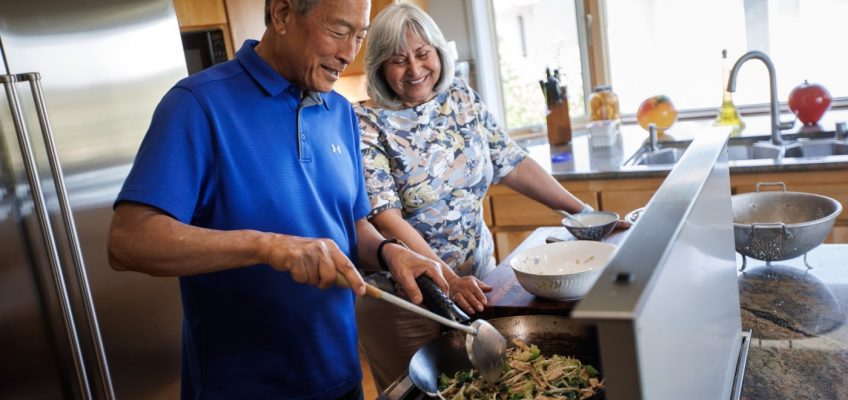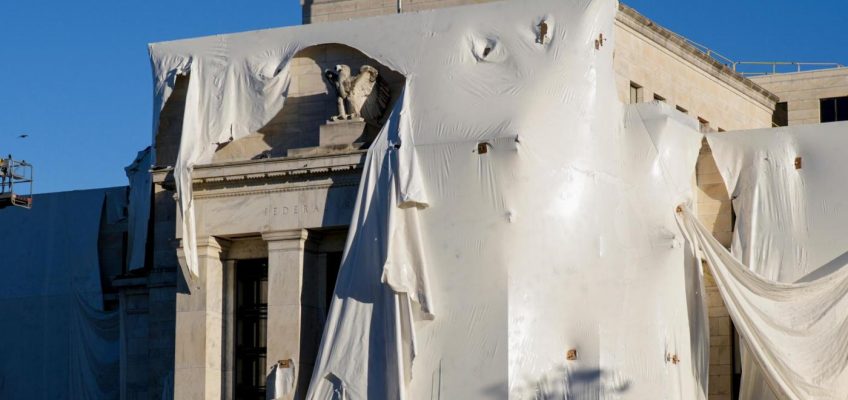By HILLEL ITALIE
Alan Bergman, the Oscar-winning lyricist who teamed with his wife, Marilyn, for an enduring and loving partnership that produced such old-fashioned hits as “How Do You Keep the Music Playing?,” “It Might Be You” and the classic “The Way We Were,” has died at 99.
Bergman died late Thursday at his home in Los Angeles, family spokesperson Ken Sunshine said in a statement Friday. The statement said Bergman had, in recent months, suffered from respiratory issues “but continued to write songs till the very end.”
The Bergmans married in 1958 and remained together until her death, in 2022. With collaborators ranging from Marvin Hamlisch and Quincy Jones to Michel Legrand and Cy Coleman, they were among the most successful and prolific partnerships of their time, providing words and occasional music for hundreds of songs, including movie themes that became as famous as the films themselves. Frank Sinatra, Michael Jackson, Tony Bennett and many other artists performed their material, and Barbra Streisand became a frequent collaborator and close friend.
Blending Tin Pan Alley sentiment and contemporary pop, the Bergmans crafted lyrics known by millions, many of whom would not have recognized the writers had they walked right past them. Among their most famous works: the Streisand-Neil Diamond duet “You Don’t Bring Me Flowers,” the well-named Sinatra favorite “Nice ’n’ Easy” and the topical themes to the 1970s sitcoms “Maude” and “Good Times.” Their film compositions included Ray Charles’ “In the Heat of the Night” from the movie of the same name; Noel Harrison’s “The Windmills of Your Mind,” from “The Thomas Crown Affair”; and Stephen Bishop’s “It Might Be You,” from “Tootsie.”
FILE – Honorees Alan, left, and Marilyn Bergman arrive at the ASCAP Film and Television music awards in Beverly Hills, Calif. on Tuesday, May 6, 2008. (AP Photo/Matt Sayles, File)
The whole world seemed to sing and cry along to “The Way We Were,” an instant favorite recorded by Streisand for the 1973 romantic drama of the same name that co-starred Streisand and Robert Redford. Set to Hamlisch’s tender, bittersweet melody, it was essentially a song about itself — a nostalgic ballad about nostalgia, an indelible ode to the uncertainty of the past, starting with one of history’s most famous opening stanzas: “Memories / light the corners of my mind / misty watercolor memories / of the way we were.”
“The Way We Were” was the top-selling song of 1974 and brought the Bergmans one of their three Oscars, the others coming for “Windmills of Your Mind” and the soundtrack to “Yentl,” the Streisand-directed movie from 1983. At times, the Academy Awards could be mistaken for a Bergman showcase. In 1983, three of the nominees for best song featured lyrics by the Bergmans, who received 16 nominations in all.
The Bergmans also won two Grammys, four Emmys, were presented numerous lifetime achievement honors and received tributes from individual artists, including Streisand’s 2011 album of Bergman songs, “What Matters Most.” On “Lyrically, Alan Bergman,” Bergman handled the vocals himself. Although best known for their movie work, the Bergmans also wrote the Broadway musical “Ballroom” and provided lyrics for the symphony “Visions of America.”
Their very lives seemed to rhyme. They didn’t meet until they were adults, but were born in the same Brooklyn hospital, four years apart; raised in the same Brooklyn neighborhood, attended the same children’s concerts at Carnegie Hall and moved to California in the same year, 1950. They were introduced in Los Angeles while working for the same composer, but at different times of the day. Their actual courtship was in part a story of music. Fred Astaire was Marilyn’s favorite singer at the time and Alan Bergman co-wrote a song, “That Face,” which Astaire agreed to record. Acetate in hand, Bergman rushed home to tell Marilyn the news, then proposed.
Bergman is survived by a daughter, Julie Bergman, and granddaughter.
Related Articles
After years of tough rules on liquids and footwear, US air travel may be on the cusp of a new era
Chevron gets go ahead for $53B Hess deal, and access to one of the biggest oil finds this decade
Wall Street hangs near records highs with most of the focus on earnings, dealmaking
Today in History: July 18, Nadia’s perfect 10
Stephen Colbert says CBS is ending his ‘Late Show’ in May 2026
Bergman had wanted to be a songwriter since he was a boy. He majored in music and theater at the University of North Carolina, and received a master’s from the University of California, Los Angeles, where he befriended Johnny Mercer and became a protege. He and Marilyn at first wrote children’s songs together, and broke through commercially in the late 1950s with the calypso hit “Yellowbird.” Their friendship with Streisand began soon after, when they visited her backstage during one of her early New York club appearances. “Do you know how wonderful you are?” was how Marilyn Bergman greeted the young singer.
The Bergmans worked so closely together that they often found themselves coming up with the same word at the same time. Alan likened their partnership to housework: one washes, one dries, the title of a song they eventually devised for a Hamlisch melody. Bergman was reluctant to name a favorite song, but cited “A Love Like Ours” as among their most personal:
“When love like ours arrives / We guard it with our lives / Whatever goes astray / When a rainy day comes around / A love like ours will keep us safe and sound.”




